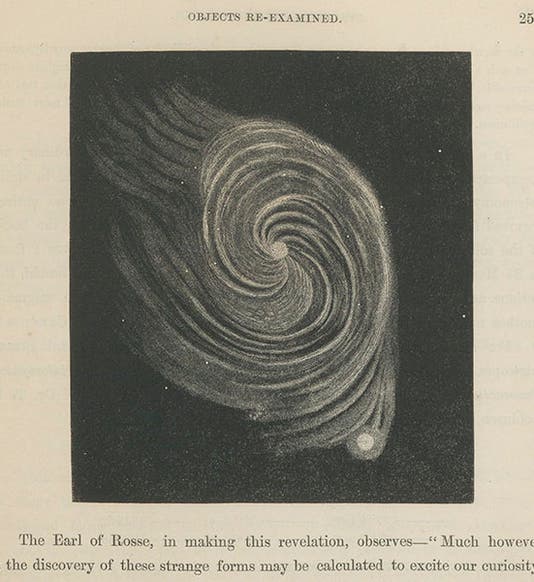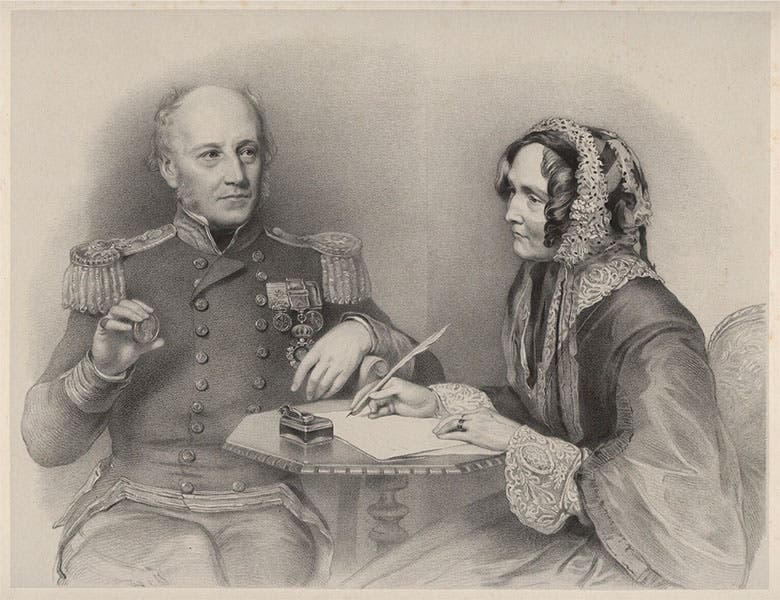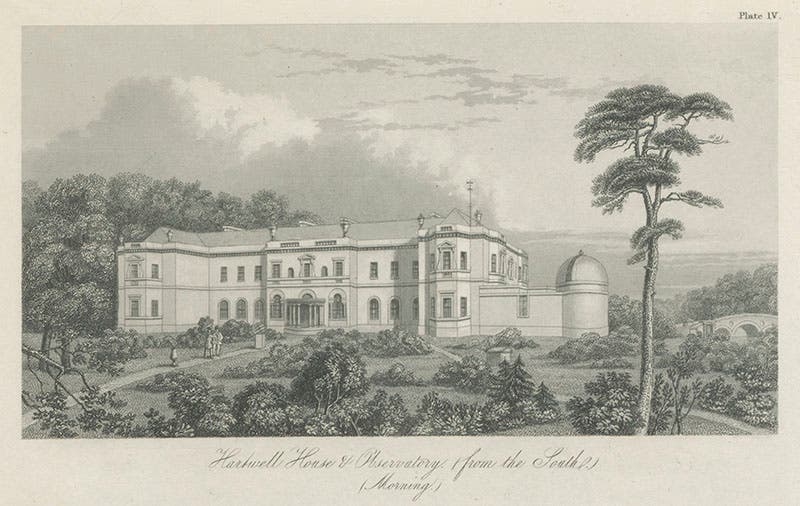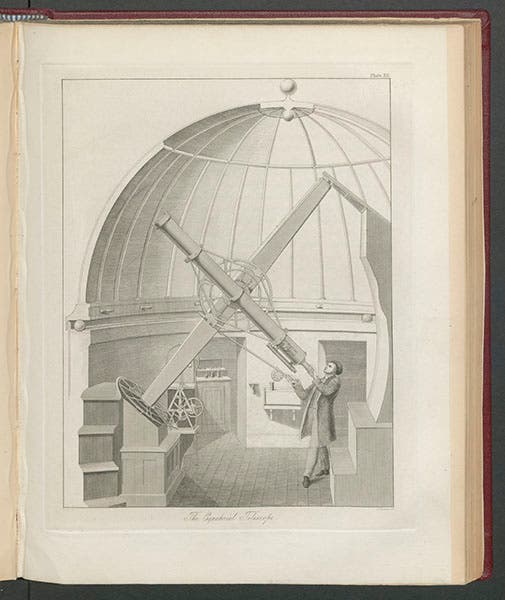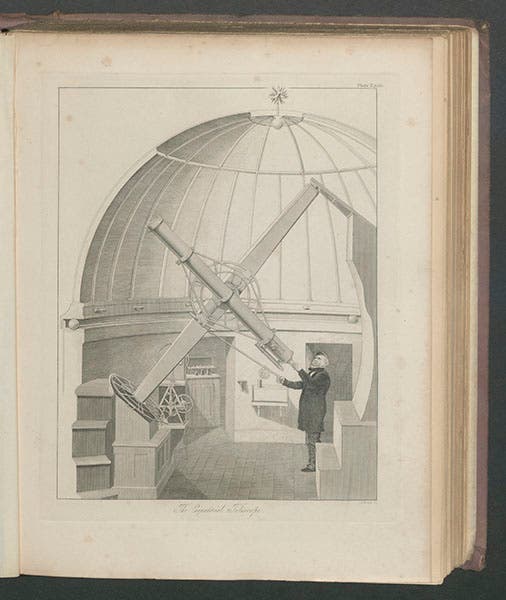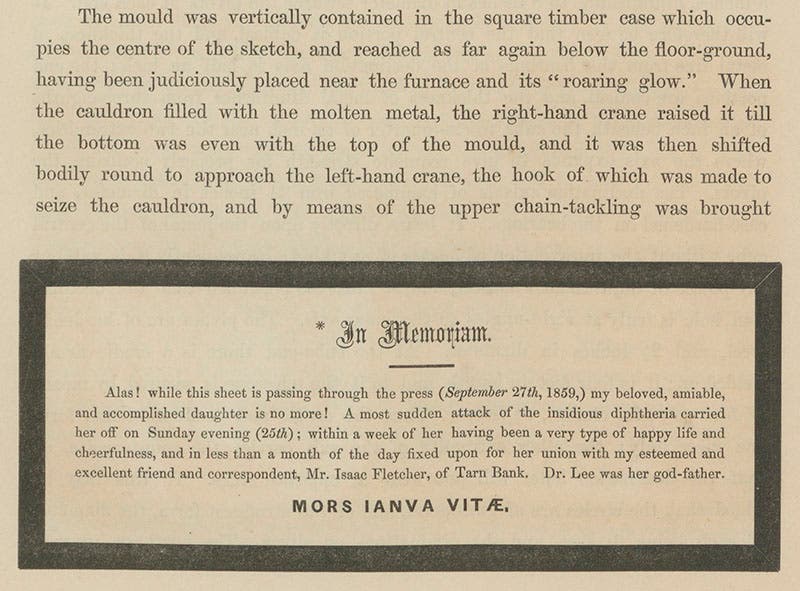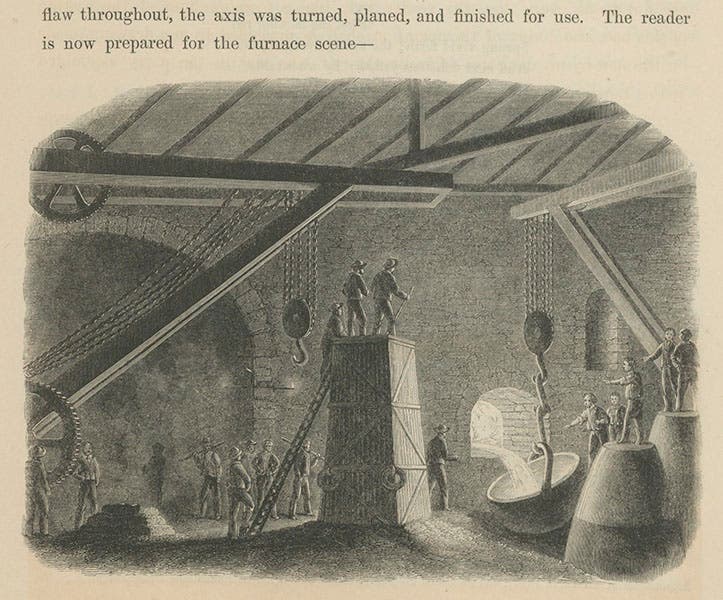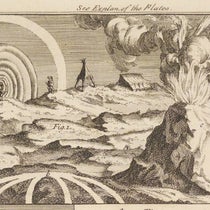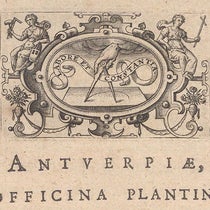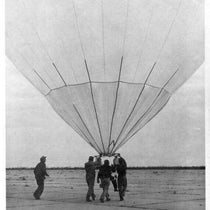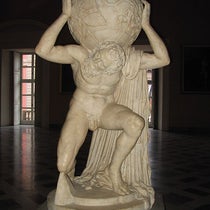Scientist of the Day - William Henry Smyth
William Henry Smyth, a British naval officer and amateur astronomer, was born Jan. 21, 1788. Smyth spent an entire career in the Royal Navy, enlisting as a seaman, serving in the Napoleonic Wars, distinguishing himself by his accurate coast surveys of the Mediterranean, and rising all the way up to Admiral. In 1813, while mapping the port of Palermo in Sicily, he chanced to meet , the Italian astronomer who had discovered the first asteroid, Ceres, in 1801, and who at the time of Smyth's visit was publishing his great Palermo star catalogue. This encounter convinced Smyth that he should turn from seafaring to astronomy, and eventually he acquired a well-made 5.9" refracting telescope, returned to his home in Bedford, built an observatory, and began to observe the heavens.
In 1844, after sixteen years of observing, Smyth published a two-volume observing guide for amateurs, called A Cycle of Celestial Objects (1844), sometimes referred to as the Bedford Catalogue. Most amateurs at that time sought out the planets, because stars were not thought to be especially interesting. Smyth was enamored by stars and extolled their glories to his readership. His enthusiasm was so infectious that the Cycle has never been out of print, and he later published a follow-up volume, The Cycle of Celestial Objects Continued at the Hartwell Observatory in 1860. We have both works in our History of Science Collection.
Smyth was also notable for encouraging women to pursue science. His wife, Annarella, was a gifted observer and artist, and there is a charming double portrait lithograph of William and Annarella in the National Portrait Gallery in London (second image). , the great American woman astronomer who would become the first professor of astronomy at Vassar, visited the Smyths in England. By that time, Smyth had moved from Bedford to a small town called Stone, near Aylesbury, perhaps 40 miles from London. In her autobiography, Maria described the visit and the encouragement she received from Smyth. She also had some trenchant comments about amateur astronomy in England. Smyth told her that, in England, to be considered a gentleman, a man had to have two things: an encyclopedia, and a telescope. She found that most wealthy men in England who owned such signs of culture seldom used either. She observed that there was a rich man named Dr. Lee, who lived in a venerable estate called Hartwell House, not too far from Smyth’s home, who bought a large telescope and built an observatory to house it, and since he hadn’t the foggiest idea how to use his new toy, he invited Smyth and his wife to make observations for him. Maria did not seem to be aware that Dr. Lee bought this telescope from Smyth, just before the publication of Smyth’s first book. That was a pretty good deal for Smyth, to have someone buy his telescope and allow him to use it for the next 20 years. Smyth published an account of Hartwell House in 1851, called Aedes Hartwellianae, which we also own; it has a lovely view of Hartwell House and its observatory (third image).
Since we can showcase only a few books per post, we draw images today from the Aedes Hartwellianae and the Cycle Continued. We opened with a sketch of the Whirlpool nebula, M51, the spiral nature of which had been discovered only recently by an Irish observer, , 3rd Earl of Rosse; this is only one of many wood engravings in Cycle Continued.
The portraits from the two books are especially interesting, because the first shows a younger Smyth and the second an older version, both at the eyepiece of the great refractor at Hartwell House. A brief inspection reveals that both images were made from the very same copper plate, with the figure of the young Smyth, used for the Aedes book (fourth image), subsequently burnished out and replaced by the older Smyth, for Cycle Continued (fifth image). If you look closely at the floor in the second portrait, just in front of the figure of old Smyth, you can see the ghost of the leg of young Smyth, incompletely erased. The telescope depicted in both portraits is now in the .
One small detail in Cycles Continued illustrates in a most poignant way the heartbreak that regularly accompanied raising a family in Victorian England, when only half the children typically survived into adulthood. William and Annarella’s daughter died suddenly of diphtheria while the Cycle Continued book was in press, and they interrupted the printing of page 304 to insert an “In Memoriam” notice (sixth image), before resuming a discussion of casting speculum mirrors on the next page (seventh image).
William and Annarella had a number of children who survived childhood. A son, , went on to become an eminent astronomer himself; his name commemorates the Italian astronomer who encouraged William to pursue astronomy. A daughter, Henrietta, was in turn the mother of Robert Baden-Powell, the founder of the Scouting Movement in England in 1907 and the inspiration for the founding of the Boy Scouts of America in 1910. .
Dr. William B. Ashworth, Jr., Consultant for the History of Science, Linda Hall Library and Associate Professor emeritus, Department of History, University of Missouri-Kansas City. Comments or corrections are welcome; please direct to ashworthw@umkc.edu.

